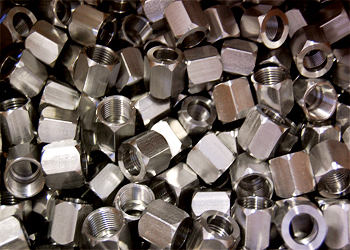
Passivation is a critical step in maximizing the essential corrosion resistance of parts and components machined from stainless steels. Passivation is not a scale removal treatment, nor is it like a coat of paint. Passivation provides a protective oxide film on the surface of the stainless steel. This invisible film is considered to be extremely thin, less than 0.0000001 inch thick, which is about 1/100,000 the thickness of a human hair.
A clean, freshly machined, polished or pickled stainless steel part automatically acquires this oxide film from exposure to oxygen in the atmosphere. Under ideal conditions, this protective oxide film completely covers all surfaces of the part. However, contaminants such as shop dirt or particles of iron from cutting tools may be transferred to the surface of the stainless steel parts during machining or transporting. These foreign particles can reduce effectiveness of the protective film. During the machining process, a microscopic amount of free iron may be worn off the cutting tool and transferred to the surface of the stainless steel part.



